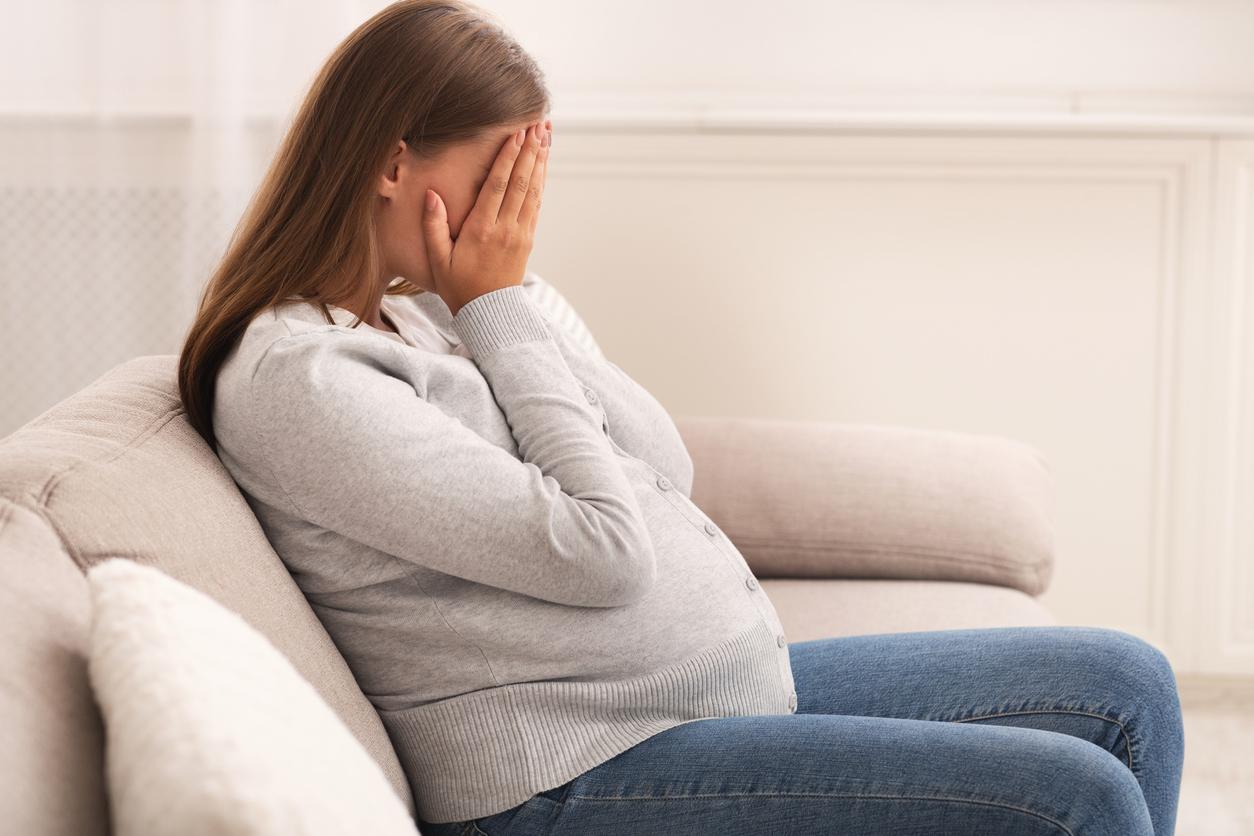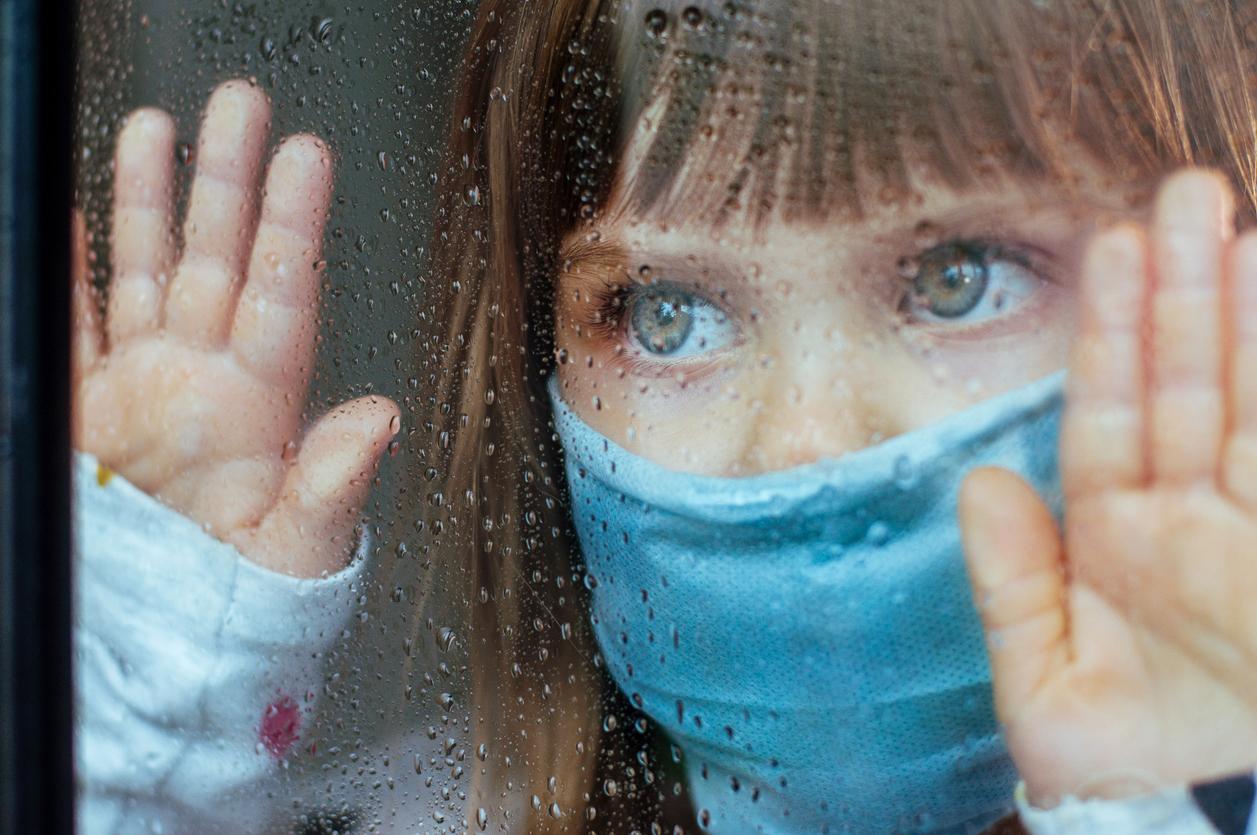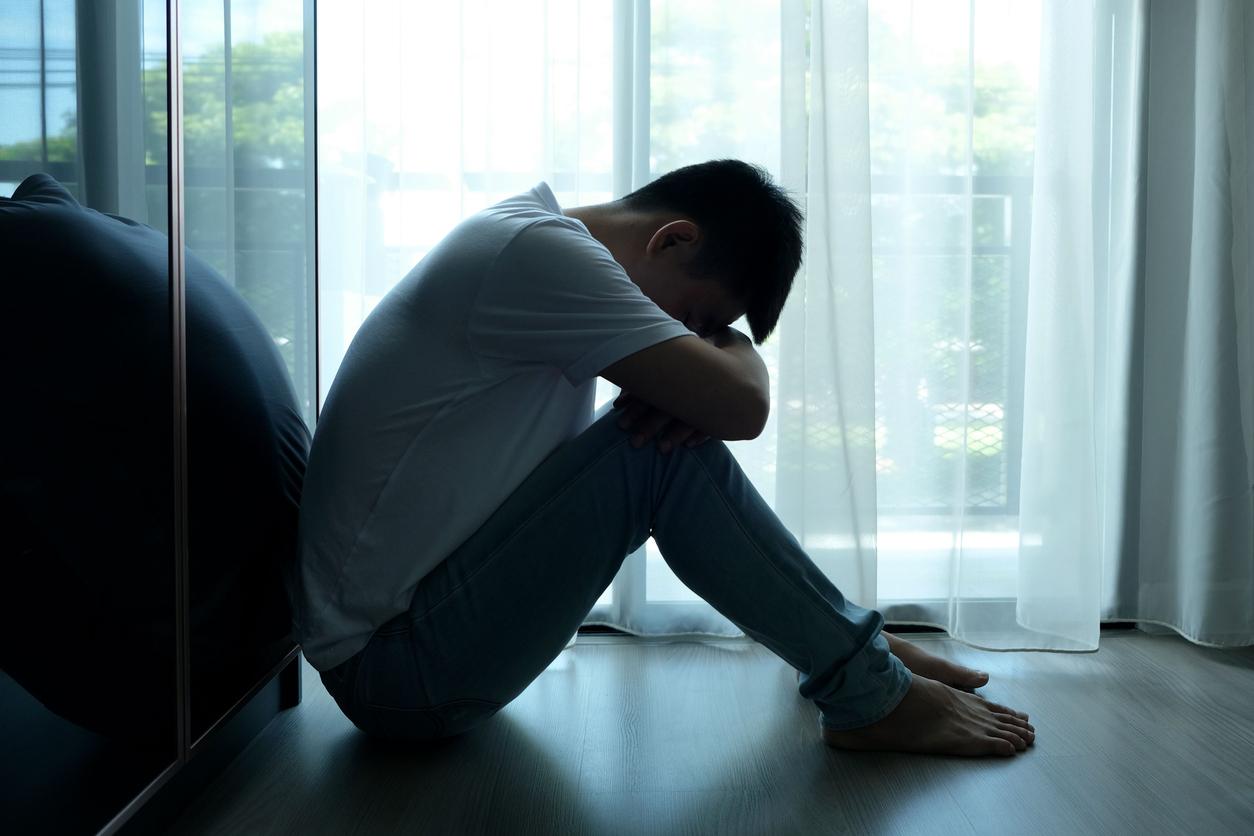While President Emmanuel Macron’s speech may raise fears of the announcement this evening of a new confinement, a French study has just shown that this type of restrictive measure is particularly harmful for the mental health of students.

- In 2019, more than 2.7 million students were enrolled in a higher education structure in France.
- Since 1980, this number has more than doubled.
Epidemics are known to exacerbate mental health issues. Thus, previous work carried out during the SARS epidemic in the early 2000s showed that anxiety, depression and post-traumatic stress were more frequent during and several years after the end of the epidemic.
Moreover, the scientific literature proves that students constitute a population particularly vulnerable to mental health problems, even outside the context of an epidemic. In France, for example, suicide is the second leading cause of death among 15-25 year olds. Faced with these various findings, researchers from Inserm and the University of Bordeaux took a closer look at the mental health of students during the Covid-19 pandemic and during the various confinements.
Students clearly more affected by mental health problems
To do this, the scientists recruited 3,783 participants via social media between March 2020 and January 2021, a period covering the first and second confinement, as well as the intermediate phase of the relaxation of restrictions in the summer of 2020. This study, referred to as the CONFINS cohort, made it possible to compare two groups during the analyses: students on the one hand and non-student adults on the other. Beyond this difference in status and age, the two groups were very similar, with similar percentages of women, people with a history of mental illness or people working (or studying) in the field of health.
Each participant was asked to complete online reference scales for the evaluation of anxiety and depression (the GAD-7, a scale which assesses the symptoms of anxiety and the PHQ-9, which quantifies the severity of depression) as well as to answer questions about the frequency of suicidal thoughts.
The analyzes show that over the entire period considered, students are more affected than non-students by mental health problems. They are thus 36.6% to report depressive symptoms (compared to 20.1% of non-students) and 27.5% anxiety symptoms (compared to 16.9%). Additionally, 12.7% of students reported suicidal thoughts (compared to 7.9% of non-students).
Significant and growing inequalities
The scientists also looked more precisely at each stage of the period considered (first confinement, deconfinement and second confinement). While the prevalence of mental disorders remains broadly stable in the non-student group throughout the period, large variations are observed for the student group.
Thus, we note that the frequencies of mental health disorders are much higher during the confinement period than during the deconfinement in this group, and particularly during the second confinement. Indeed, more than half of the students reported depressive symptoms during the second confinement (compared to a quarter of non-students), while this proportion was 36% during the first confinement.
“The comparison between students and non-students has rarely been studied so far. We demonstrate in our study that there are significant inequalities in mental health between these two groups, and that the gap has widened even more with the second confinement. The vulnerability of the students probably does not have a single cause, but the isolation and loneliness have certainly weighed a lot. The material conditions and the difficulty of following the studies are also important factors”explains Mélissa Macalli, author of the study.
“Our results, published in the journal Scientific Reports, highlight the need for great vigilance with regard to the mental health of students in an epidemic context as well as the importance of quickly implementing specific interventions to help them cope. overcome the deleterious effects of this health crisis”, concludes Inserm.

.















